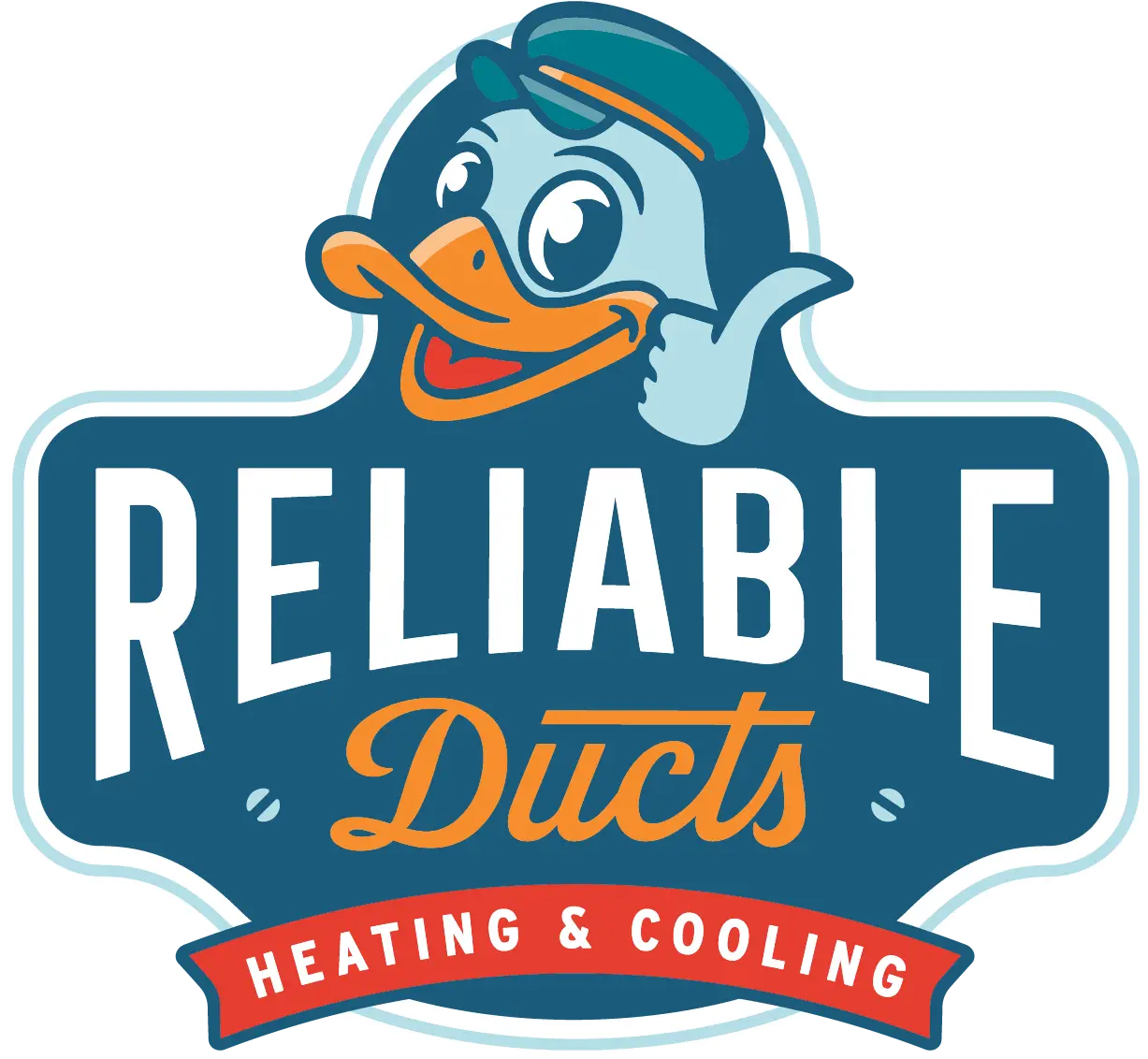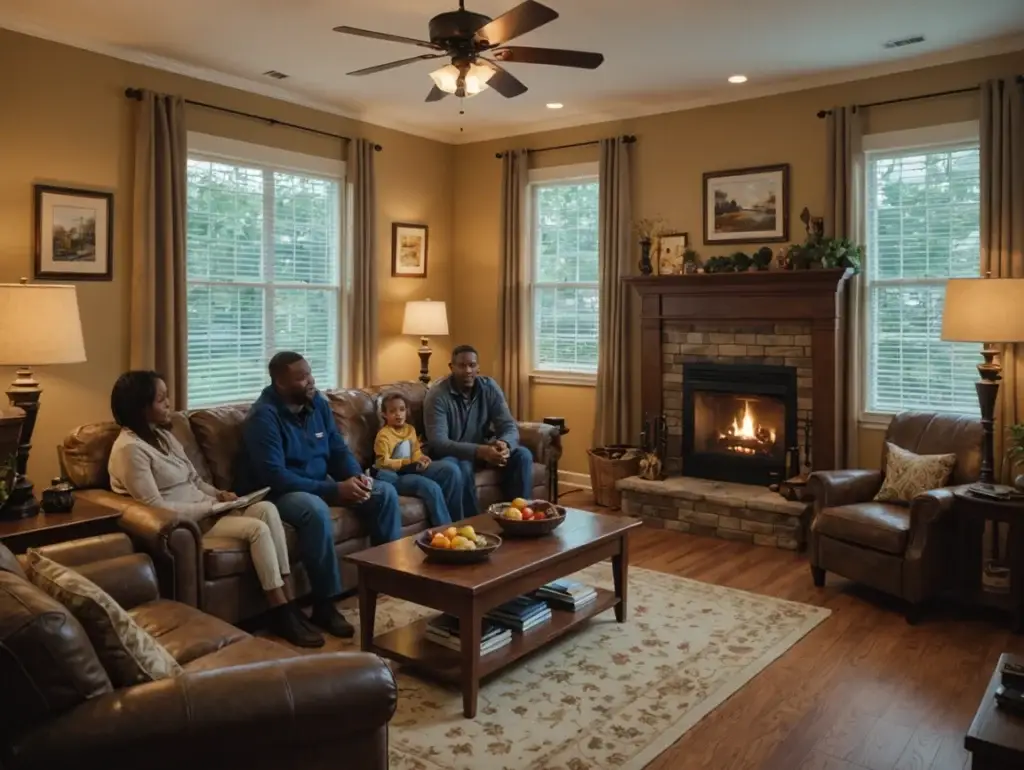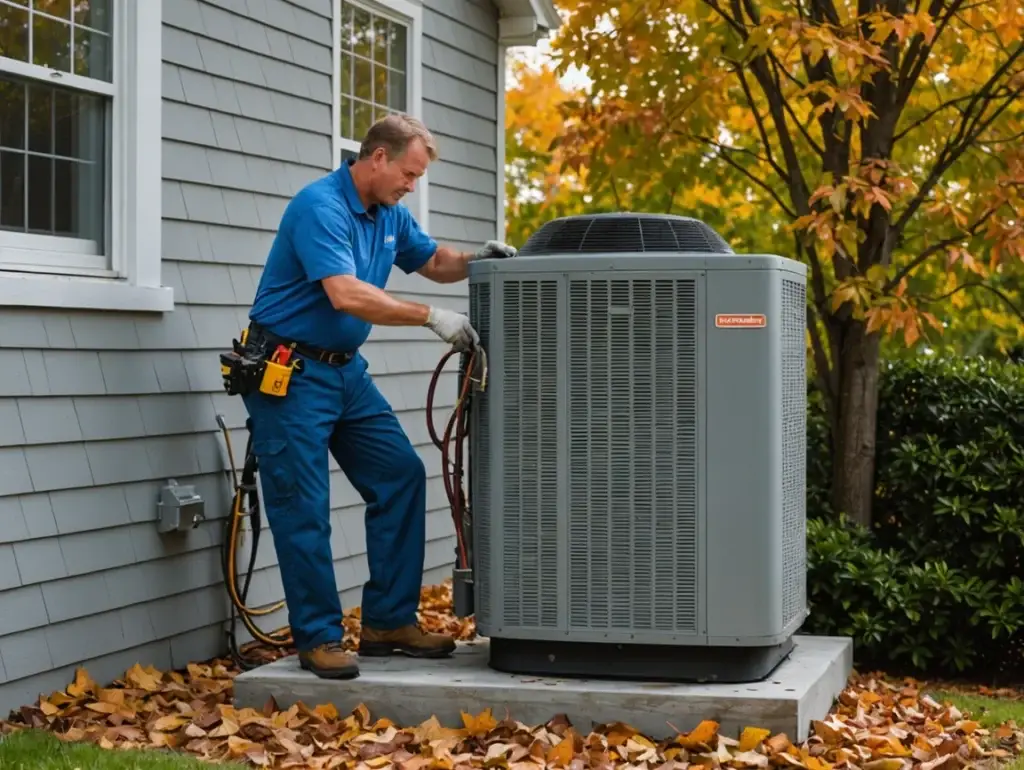7 Reasons Why Your AC Is Running But Not Blowing Cold Air
There are many reasons why your AC can be running but not cooling. A faulty air conditioner can result in high energy bills and an uncomfortable indoor environment. If your system is not cooling, it does not always mean it will cost you much money on repairs or replacements. Calling a professional to fix the problem can be beneficial since they get to the root of the problem. Here are some common causes of an air conditioner blowing warm or temperate air.
1. Incorrect Thermostat Settings
The main function of the thermostat in your home is to monitor the ambient air temperature and send signals to your HVAC unit. These signals tell your furnace, heat pump or air conditioner to heat or cool the home until it is within an acceptable temperature range set by you. Once it attains the set temperature, the thermostat monitors the air and turns the system on again as needed.
The thermostat is the first thing you should check if your unit is running but not cooling. Ensure it is functioning and set to cool. Its settings might have been interfered with by someone in your household. You can check this yourself in a few ways. First, get a different room thermometer and compare it to the temperature shown on the display. Keep in mind that the heat sensor for the thermostat may not be located at the thermostat display. Be sure that you are comparing the location at the heat sensor as there may be slight differences in each room of the house.
The second thing you can do to check the thermostat is to change the temperature when the AC is not running. If the unit turns on within a few minutes, it is likely that the thermostat is functioning correctly. If not, share your concerns with your professional HVAC company.
2. Clogged or Blocked Air Filters
Your air conditioner has an air filter located in or around the indoor air handler unit. This filter catches dirt, dust, pollen, pet dander, and other airborne particles. It keeps the components of your AC unit cleaner and operating more efficiently. It also keeps the air inside your home cleaner and breathable. An overly clogged or dirty air filter can impede airflow and prevent the air conditioner from functioning efficiently. Cooled air will be circulated inside your home at a lower volume, creating an uncomfortable environment. It can make your system strain, leading to high energy bills. Over time, a clogged filter can cause wear on your system.
You should inspect your filter every one to three months, depending on how dirty it becomes. Change the filters as needed by following the manufacturer’s instructions. If you own pets or have someone in your home that suffers from allergies, you may want to change your filters more frequently. If the problem does not change, you may have a bigger issue requiring a professional diagnosis.
3. Frozen Evaporator Coils
One of the most common reasons your AC may run but not cool is that the evaporator coils are frozen. In such a situation, air fails to flow properly through the coils, preventing the AC from doing its job. The main job of the evaporator coil is to cool the refrigerant to absorb the heat from the indoor air. As the fan blows air over the coil, the refrigerant becomes cold and vaporous. The refrigerant then absorbs heat from indoor air and flows to the outside unit, where it goes through compression to become a hot gas. Cooler air is then circulated back into your home. Frozen evaporator coils impede normal air cooling, meaning your unit will blow warm air.
A frozen evaporator coil can result from insufficient airflow. Insufficient airflow can result from clogged air filters, low fan speed, or a refrigerant leak. Frost over the evaporator coils makes the AC unit work twice as hard, which can increase your electricity bill. Some signs to look out for to identify frozen evaporator coils are inadequate cooling, higher utility bills, and excessive condensate drainage near your indoor unit. In some cases, you may be able to see frost on the fins of your outdoor unit.
4. Leaking Refrigerant
The refrigerant is a chemical that facilitates the cooling process. The refrigerant in an air conditioner is in a closed-loop system. Therefore, it does not require a refill. However, the levels can be depleted if there is a leakage in the refrigerant lines. Low refrigerant levels can reduce the cooling inside your home and increase indoor humidity. Low refrigerant can also affect the compressor over time. Refrigerant is a hazardous chemical that requires special training and knowledge to handle. Work with a professional if you suspect this issue.
5. Undersized AC or Poor Installation
An undersized air conditioner cannot adequately cool your indoor space, so the system will need to run for long periods to maintain the desired temperature, resulting in higher energy bills. The system may also turn on and off frequently without completing a cooling cycle. This is known as short cycling. The system has to work extra hard to ensure the temperature is stabilized. The AC may also have limited capability to remove humidity from the air. Undersized unit is among the most common mistakes homeowners make when purchasing a new AC. You must seek guidance from a qualified technician to ensure you have the appropriate AC size for your indoor space. Poor AC installation can also lead to cooling problems.
6. Old Air Conditioning Unit
Older AC models are less efficient than new models due to a combination of age and technological improvements. An air conditioner with good maintenance should last 10 to 15 years. As a result, if your unit is reaching the end of its lifespan, it may not be cooling as well, or as efficiently, as it could.
7. Fan Problems
Your air conditioner uses a fan to push cool air into the home. If there is no air at all coming out of the vents, this is a good sign that the fan is stuck or the motor is burned out. Even if you hear the compressor running, the fan may not be.
There are several ways that you can check to see if this is your issue. First, confirm that there is no air at all coming out of the system. You can hold a tissue in front of the vent to see if there is any airflow. Next, inspect the air conditioner to see if the fan is visible. This will first confirm whether it is spinning, but it is also an opportunity to see if outdoor debris is blocking the fan’s ability to spin. If you wish to examine the fan more closely, be sure to turn off all power to the air conditioner before touching the fan. You can look for asymmetry in the fan, too. Fans may stop spinning when they are out of balance or the blades are bent.
Fan issues may be simple if the blades or an electrical connection are the cause. If your fan motor is burnt out, it will likely be a more complicated repair. As always, it’s best to call a professional to confirm these issues and perform service.
Call the Experts
There is no reason to panic if your AC is running but not blowing cold air. You can expect quality AC service when you rely on us at Reliable Ducts. We offer residential HVAC services, including installations and maintenance services, to the residents of Jacksonville and the surrounding areas. If you also need indoor air quality and air duct cleaning services, we are here to help. Call us today at Reliable Ducts and schedule an appointment.


